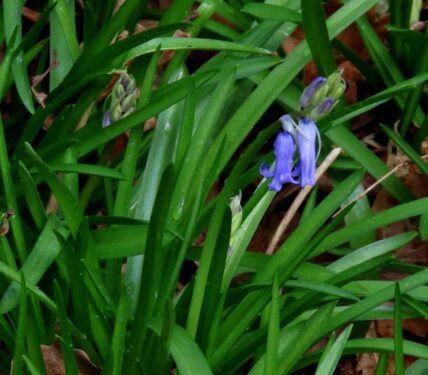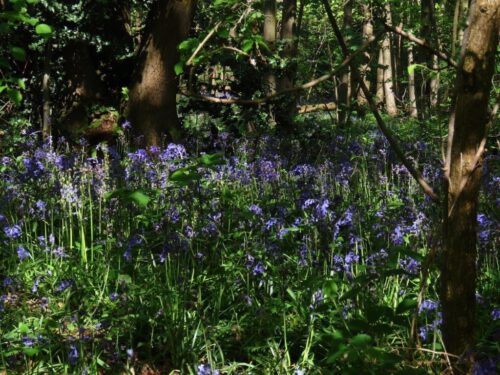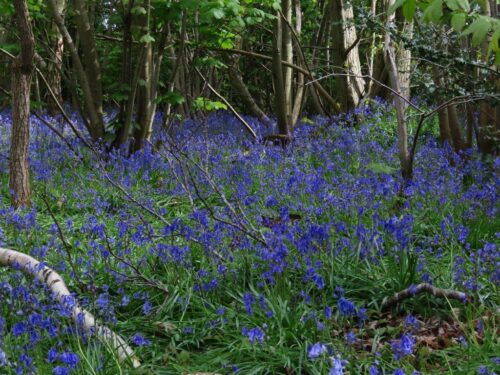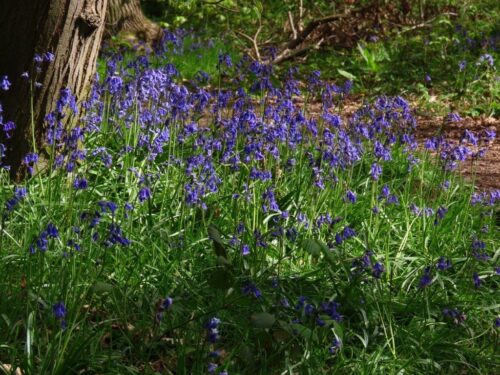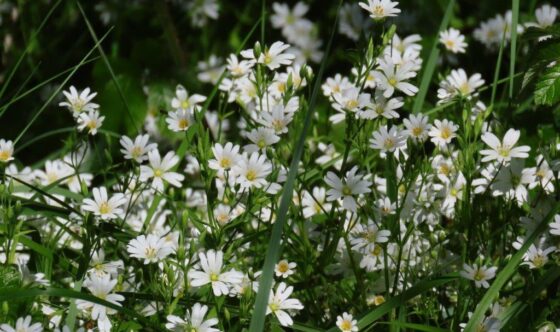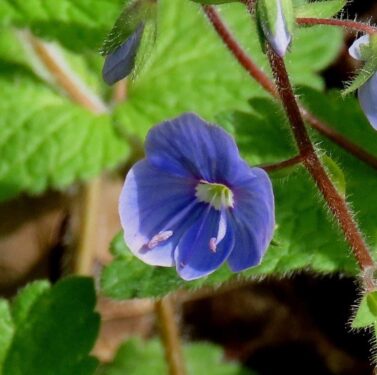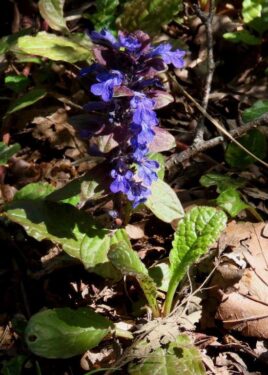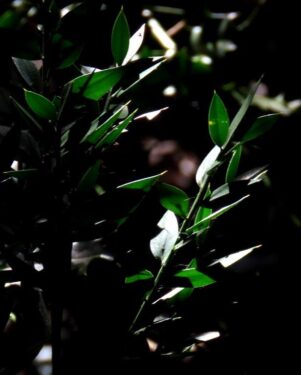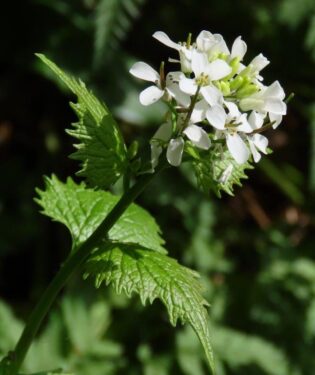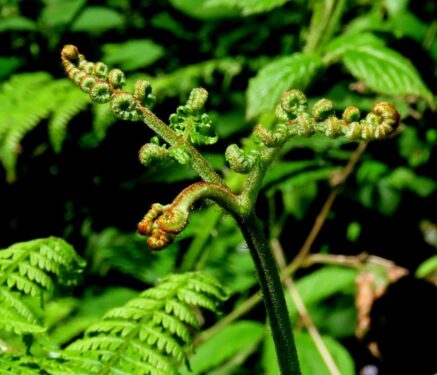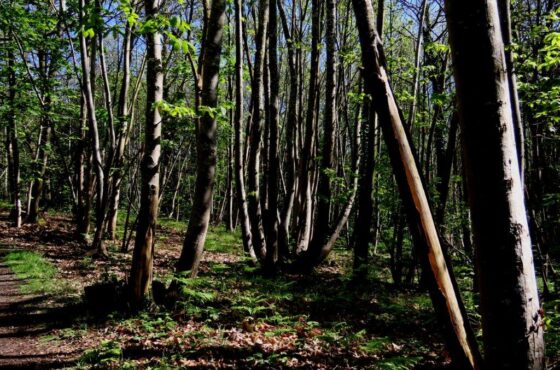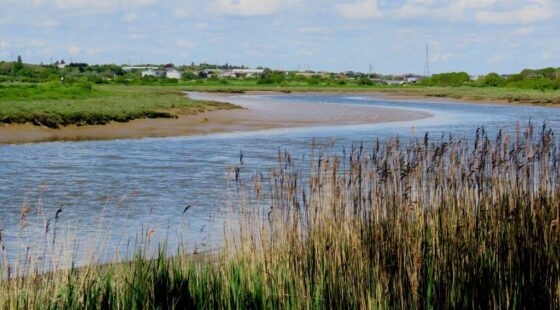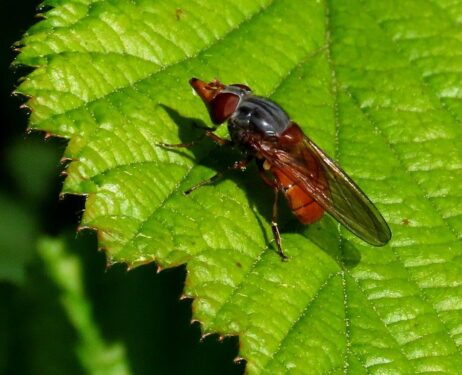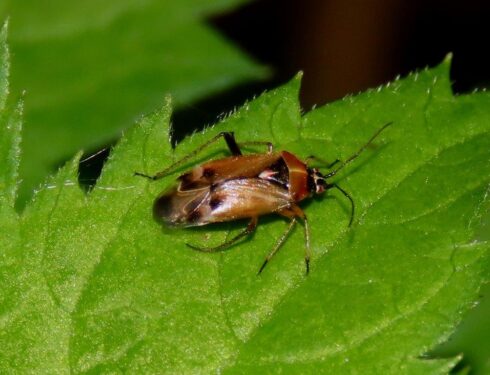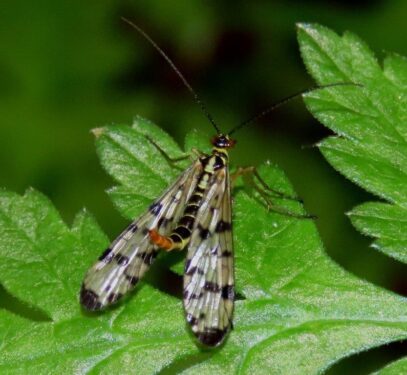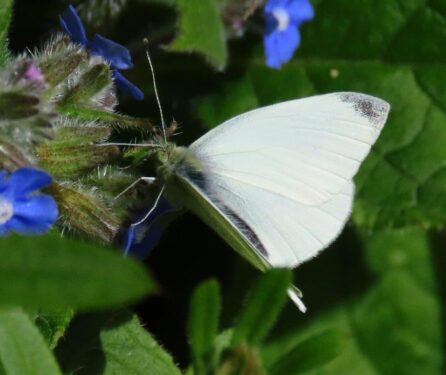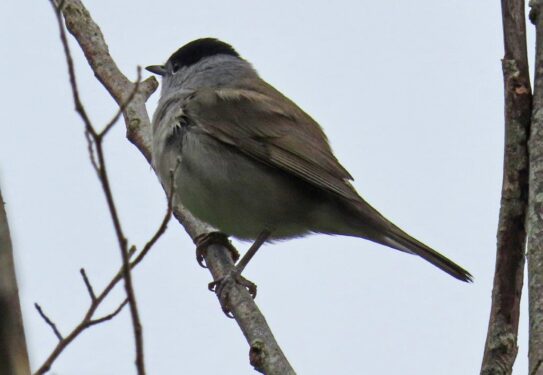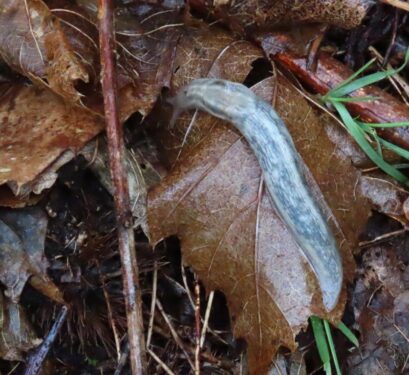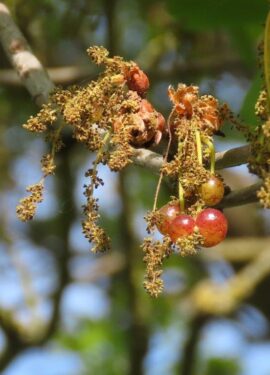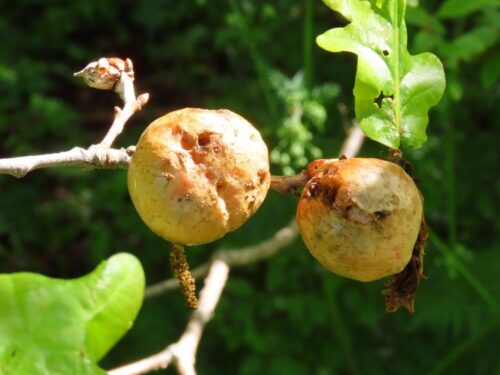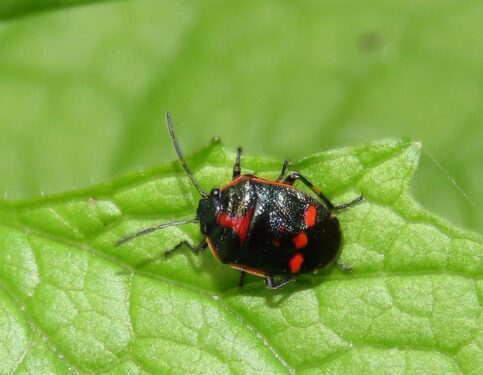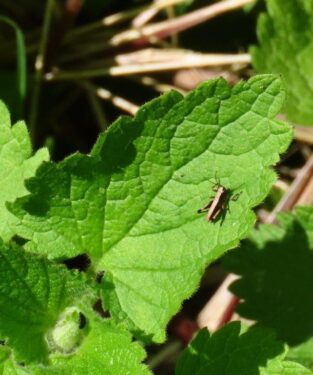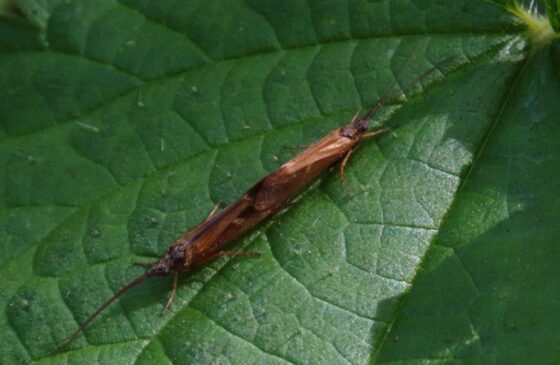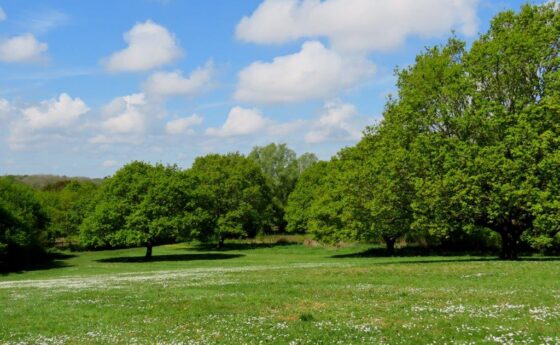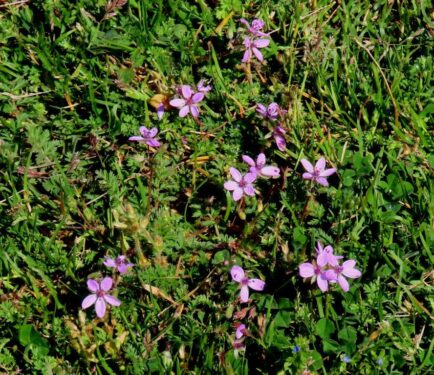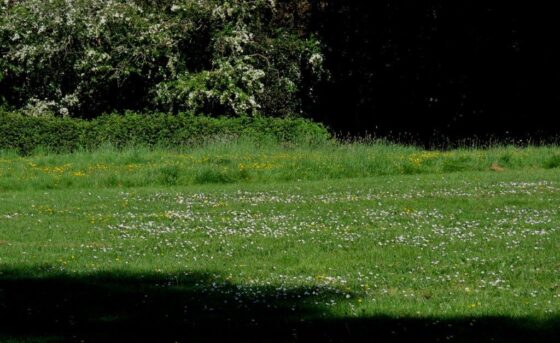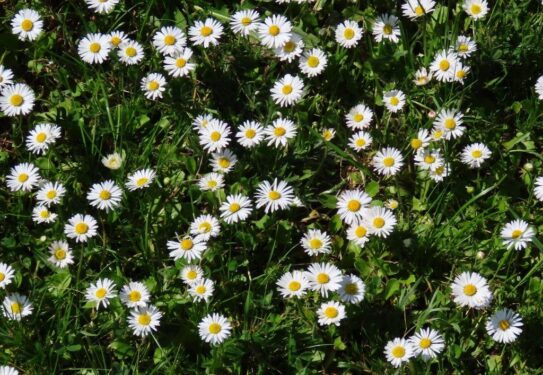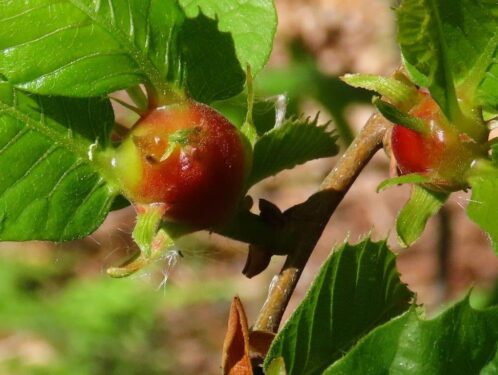Always a staple in our catalogue of walks, this year we embraced our Bluebells on three separate walks over a week and a half, and this blog is an amalgam of them all. Given the unstable weather this spring, not surprisingly we had a mixed bag, from lovely warm sunshine to cool, cloudy and wet…
In fact the season started early (a symptom of our largely frost-free winter) with the first sign of blue coming in mid-March: we were concerned that the main event would be over before our walks even started.
But then the gloom of April and cool northerlies slowed things up, and even by our final walk on May 4th, there was still plenty of blue, albeit looking distinctly worse for wear.
Peak Bluebell was around the date of our recce, April 26th, when lovely sunshine lit up the blue swathes and helped contribute to a scentscape like no other.
As always we noticed a few naughty Spanish Bluebells and their hybrids: hopefully Colchester City Council will take action in line with their biodiversity duty.
But one of the lasting impressions this year was of mud. Springs springing out in places where springs have never sprung before, at least in my almost 40 years of knowing this wood: the sign of an unprecedentedly wet start to the year.
The other thing we noticed was that the overall showing was a tad less impressive than we have become accustomed to in recent years. Of course this could be weather- or climate-related, but probably more likely is that the coppice plots are growing up, and starting to cast shade sufficient to suppress the Bluebell show. If we want our Bluebells en masse, we need active coppicing to continue, something that sadly is not always assured given local authority funding constraints. Failing that, we need another ‘destructive’ storm of the order of that of October 1987, a natural dynamic event that breathed light and life into our previously neglected woodlands.
While Bluebells of course were the main course, there were substantial side portions of other woodland plants from Greater Stitchwort to Yellow Archangel, Wild Strawberry, Wood Speedwell and Bugle …
… along with the sub-shrub Butchers’-broom and swathes of Garlic Mustard in clearings and along tracksides, while on the higher drier ground Bracken was unfurling its aquiline fronds.
Our first walk, the recce, was in sunshine, although we found the ground conditions very difficult in parts of the wood, hence our decision with the groups to return along the Wivenhoe Trail and its views of the tidal River Colne, although the winter birds have now largely departed.
Insects on this occasion included the Beaky Hoverfly Rhingia campestris, the bug Harpocera thoracica, our first Scorpion-fly of the summer, and good numbers of Small and Green-veined White butterflies.
The second walk was pretty much a washout, although a Blackcap serenaded us at the start and in the interior of the wood we did find the uncommon Tree Slug, seemingly not recorded previously from the area.
Of course the Bluebells were immune to the rain, even if their scent was suppressed, and galls in the oaks likewise: there were redcurrant galls of the spring generation Spangle Gall-wasp in the flowers and large, spongy oak-apples formed by another tiny wasp Biorhiza pallida.
The final walk was again in glorious, warm sunshine. So uplifting! For us and for the wildlife too. Bird song was swelling, with a Garden Warbler being noteworthy, while butterflies included Peacock, Small Tortoiseshell and Orange-tips. Other insects included Crucifer Shield-bug, our first Dark Bush-cricket nymph of the summer and a mating pair of caddis-flies a surprising distance from water.
In the Lower Lodge grassland, Common Stork’s-bill was in good flower and on the King George Field, the pros and cons of ‘No Mow Grassland’ were amply demonstrated, with lots of Bulbous Buttercups and other species in the longer grass, but masses of Daisies, each flowerhead a lifeline for insects, on the mown bits. Everything in moderation is the best approach.
And as always, some surprises. A fungus looked familiar as the Jelly Ear, but we are used to seeing it on its main host tree Elder; this was on Sycamore, but reference to the books indicated that this and other broad-leaved trees can be used by the fungus.
Even more interesting, and potentially worrying, was the gall that Jude spotted on Sweet Chestnut leaves and buds. We had never seen it before although it was then found on quite a number of trees. It turned out to be galls of the Asian Chestnut Gall-wasp Dryocosmus kuriphilus. Seems this gall was first found in Britain in Kent in 2015, and has spread especially around London since then, although the latest map shows only one Essex locality, close to the M25. It is of concern to those who grow Sweet Chestnut for timber or chestnuts as it can be rather destructive, although help is at hand – a specific parasite of the gall wasp has been discovered, evaluated and risk-assessed, and is already being released in some places to control the new incipient ‘pest’.
Always something special and interesting to find!


